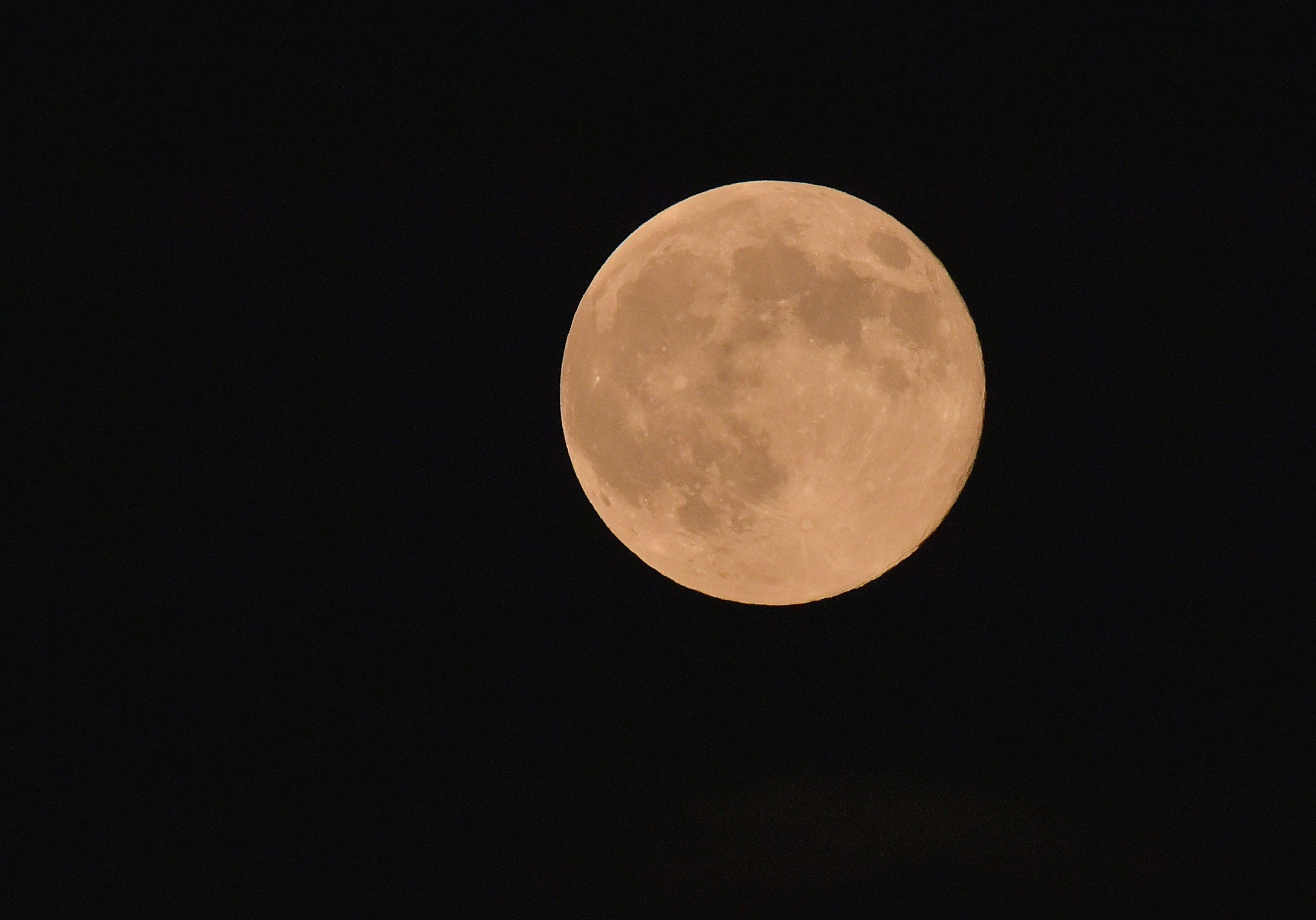Supermoon: Incredible images captured of the biggest moon of 2014
Sunday night’s moon was at its closest point to the Earth in 20 years

Your support helps us to tell the story
From reproductive rights to climate change to Big Tech, The Independent is on the ground when the story is developing. Whether it's investigating the financials of Elon Musk's pro-Trump PAC or producing our latest documentary, 'The A Word', which shines a light on the American women fighting for reproductive rights, we know how important it is to parse out the facts from the messaging.
At such a critical moment in US history, we need reporters on the ground. Your donation allows us to keep sending journalists to speak to both sides of the story.
The Independent is trusted by Americans across the entire political spectrum. And unlike many other quality news outlets, we choose not to lock Americans out of our reporting and analysis with paywalls. We believe quality journalism should be available to everyone, paid for by those who can afford it.
Your support makes all the difference.The phenomenon seen looming out of the sky on Sunday night was the biggest supermoon of 2014, appearing larger than anything seen in the sky for decades.
The reason for the moon’s appearance, and for the hype surrounding the second supermoon of the year, is because its orbit brought it the closest it has been to the Earth in 20 years.
This was due to two variables: firstly, this moon was known as a perigee moon, which occurs when the moon hits the point of its orbit closest to the Earth, which usually means being around 30,000 miles from the planet. Sunday night’s moon was about 863 miles closer.
Secondly, Sunday night’s moon became full within the same hour of being at the perigee point in its orbit, making it appear bigger and brighter than usual, too.
The Perseid meteor shower also occurred on Sunday night, but the brightness of the moon may have drowned it out for most viewers. Dr Bill Cooke from Nasa’s meteoroid environment office said the “lunar glare wipes out the black, velvety backdrop required to see faint meteors, and sharply reduces counts.”
But Google was quick to mark the arrival of the annual celestial display, running an animated Doodle on its homepage, showing meteors dashing through the sky against a variety of backdrops.
And for those that missed out on Sunday night’s phenomenon, the last supermoon can be seen on 9 September.
Join our commenting forum
Join thought-provoking conversations, follow other Independent readers and see their replies
Comments